Hidden Secrets of Viking Life Finally Exposed
23 Sep 2024The Vikings were legendary seafaring warriors who, between the 9th and 11th centuries, ventured across Europe, raiding, conquering, and settling new territories. While their fearsome reputation endures, most people’s knowledge of them is limited to iconic images of their helmets. To shed light on this fascinating culture, we’ve put together a list of lesser-known facts about the Vikings.
Some Vikings Altered Their Teeth
Humans often undergo various forms of cosmetic changes. Sometimes it’s tattoos, other times it’s piercings. For the Vikings, however, it was the filing of their teeth, though the exact reason remains unclear.
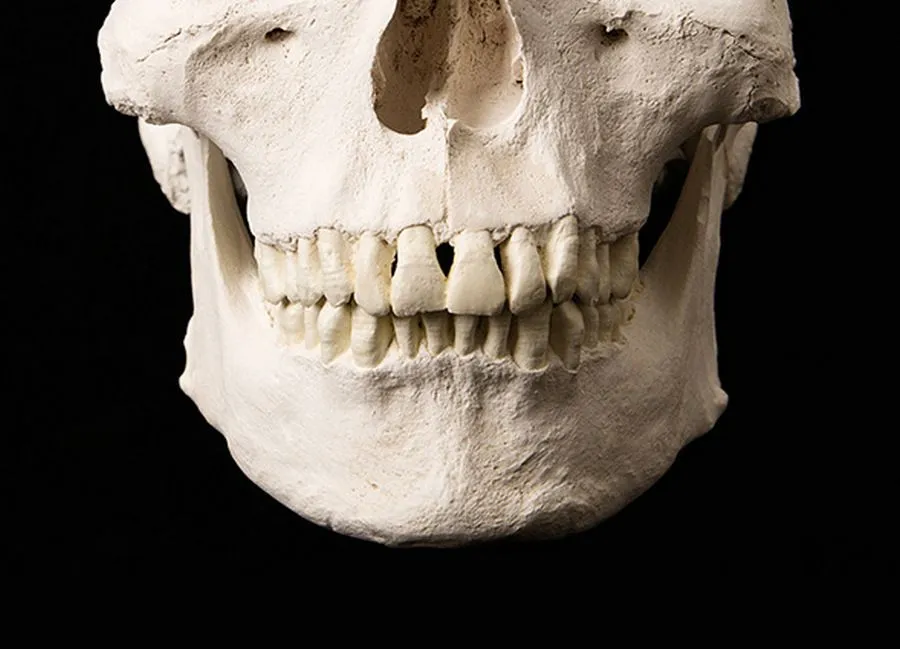
@Michael Price/sdsu.edu
It may have been done for appearance, or perhaps to project strength and power as warriors. Regardless of the motive, it was not a practice embraced by all Vikings.
Foul-Smelling Wounds Were Often Fatal
Today, when we get injured, we quickly head to the hospital where medical professionals, trained for years, assess our injuries and determine their severity. The Vikings, however, didn’t have access to modern healthcare.
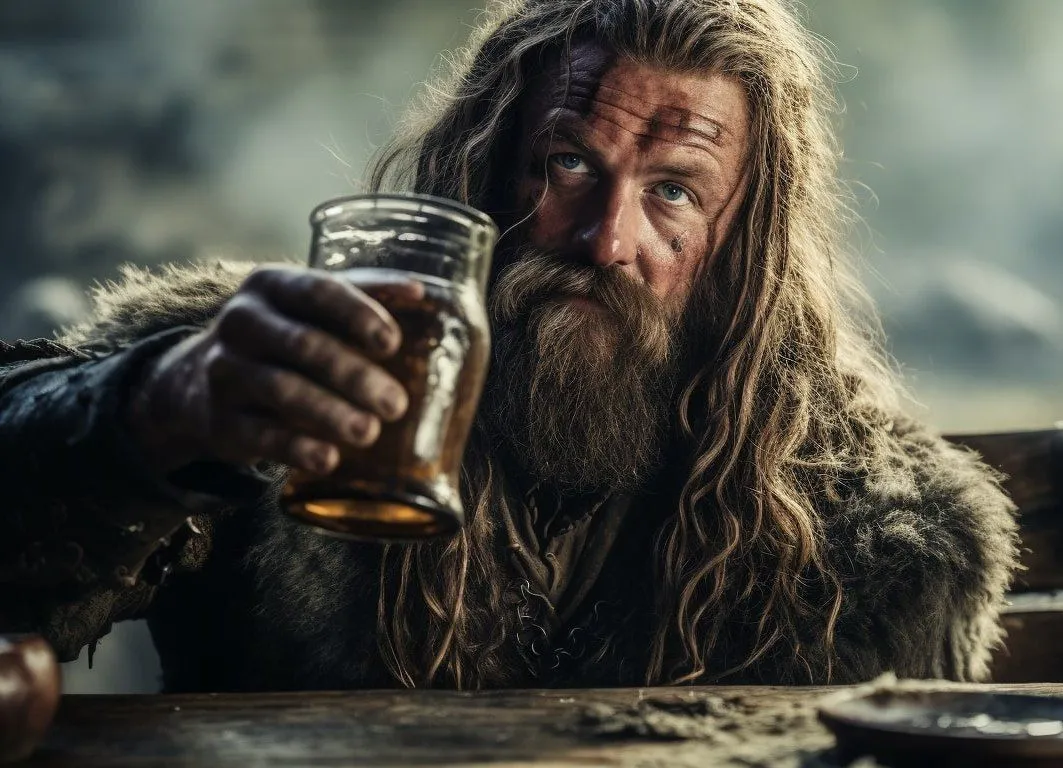
@Viking Mead/viking.style
Instead, they had a rather unconventional method: they would give wounded warriors a strong-smelling broth and observe if the scent seeped out through the injury. If it did, they concluded that the wound was beyond healing and chose to let the person go. Definitely not the standard approach we're used to.
An Unconventional Source of Fire
Before the advent of electricity, fire was essential for warmth, light, and for the Vikings, for their destructive raids. Without matches or lighters, they developed a unique and effective method: boiling fungi in their own waste.
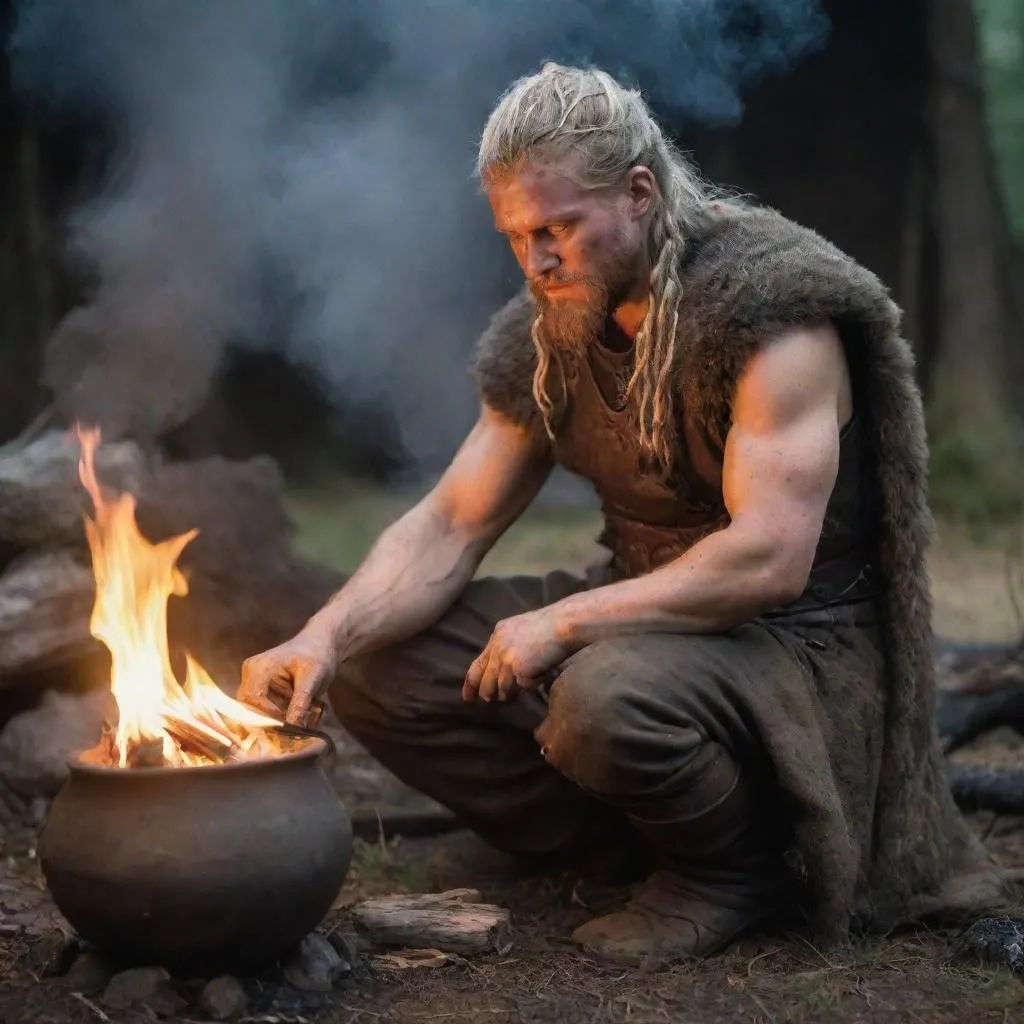
@datunarumor/us.idyllic.app
After allowing it to sit for several days, they could use it to ignite a fire and quickly start their raids. This method not only provided them with a reliable fire source but also demonstrated their resourcefulness and ingenuity.
They Relished Combat Trials
Anyone who has seen Game of Thrones recalls the brutal trial by combat for Tyrion Lannister, where the Mountain defeats Oberyn Martell in a particularly savage manner. Trials by combat were indeed to the death.
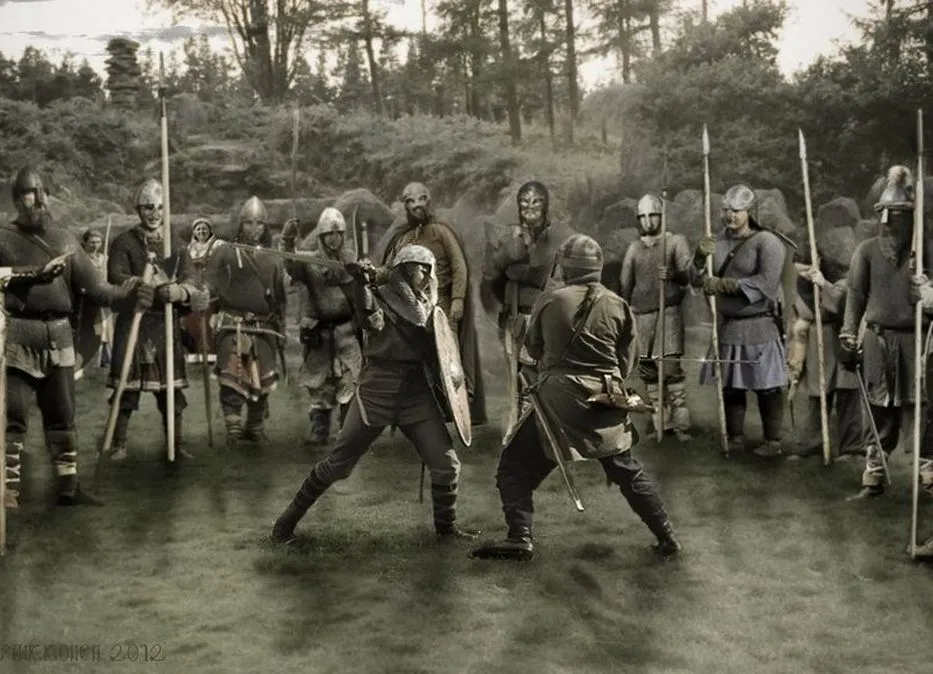
@Holmgang: How the Vikings Settled their Dispute With Strength/bavipower.com
The Vikings were also fond of this method, known as a holmgang. Participants could use a proxy champion if they were at a disadvantage, and the rules could vary depending on the combat. Today’s methods of resolving disputes through dialogue might be considered a bit more effective.
But Then Things Took a Turn for the Worse
The issue with trial-by-combat methods is that, like many other systems, they were often exploited. The strongest Vikings began using holmgangs to effectively steal from others, whether it was possessions or even partners.
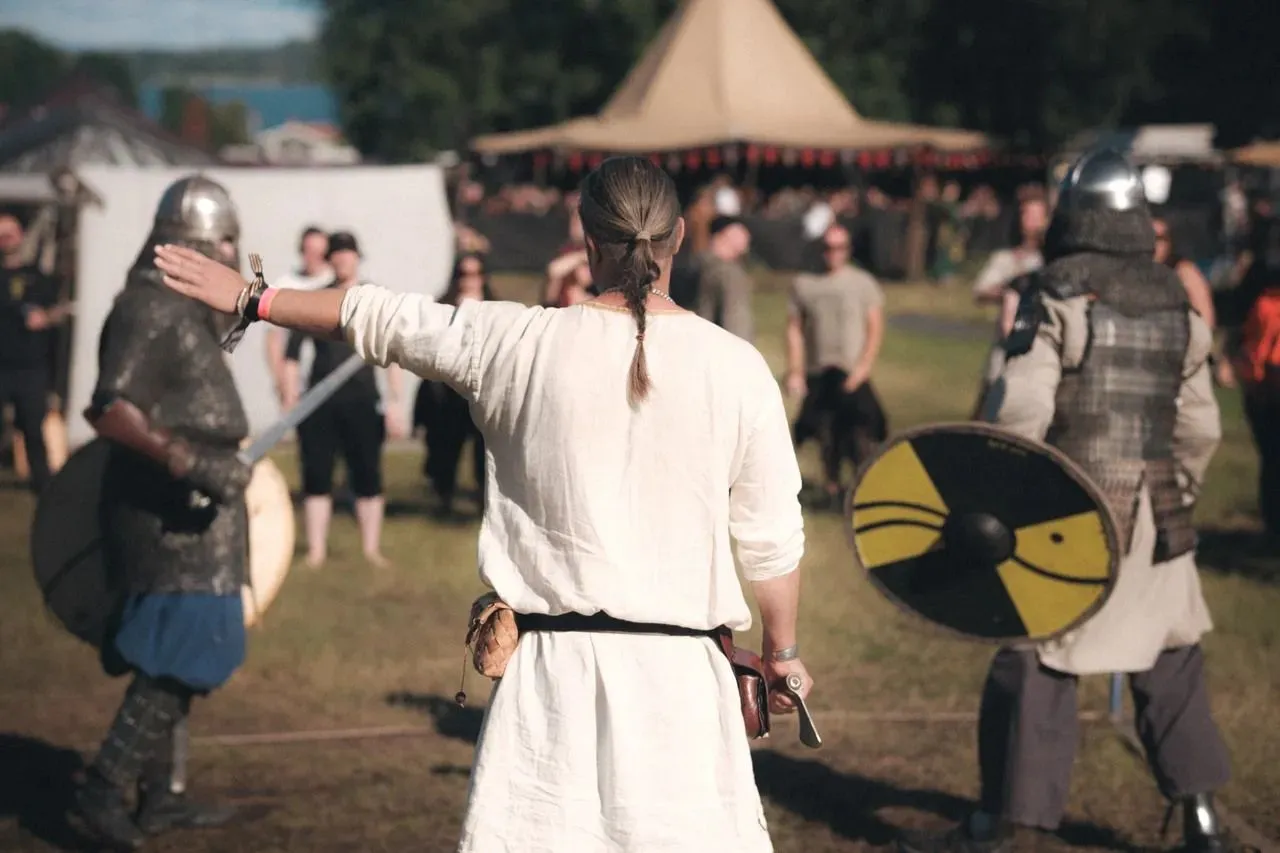
@GRIMFROST AT MIDGARDSBLOT/midgardsblot.no
This misuse clearly went against the original purpose of holmgangs, leading to their outlawing in the early 11th century. Despite this, determined individuals continued to engage in combat, showing that enforcement didn’t always stop the practice.
Friendly Games Were Not Always So Friendly
Like people today, the Vikings enjoyed playing games to test their skills and stoke their competitive spirit. However, their games often involved violence that went well beyond the typical hockey fight.

@The Vikings – Conquerors of the seas!/bluescape.at
Take an underwater breath-holding contest, for example. It might sound like a fun challenge but it could become quite perilous if someone were to hold your head underwater for as long as possible — especially if they were stronger than you. Not exactly a pleasant way to compete.
Wrestling Could Get Quite Brutal
The Vikings also took to wrestling but if you thought it went beyond rough and tumble, you'd be correct. They practiced several types of wrestling but one match stands out in particular.
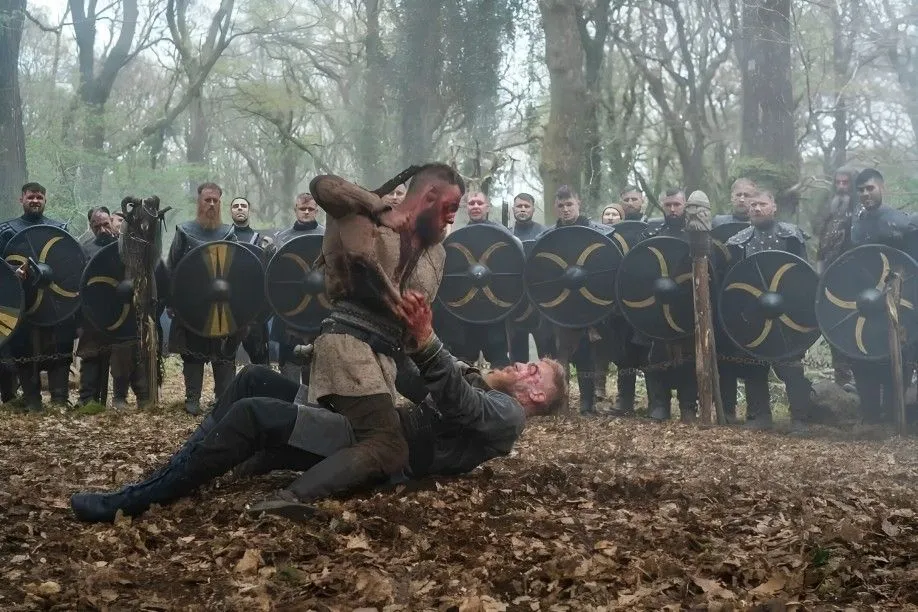
@Erik Kain/forbes.com
Legend has it that during a wrestling match attended by the king of Norway, there was a flat stone set upright on the field. The purpose? To break the opponent’s back, of course.
Other Games They Engaged In
Not everything with the Vikings centered around violence. They also enjoyed more civilized games, such as tug-of-war and a game resembling soccer. Board games were popular as well, including hnefatafl.
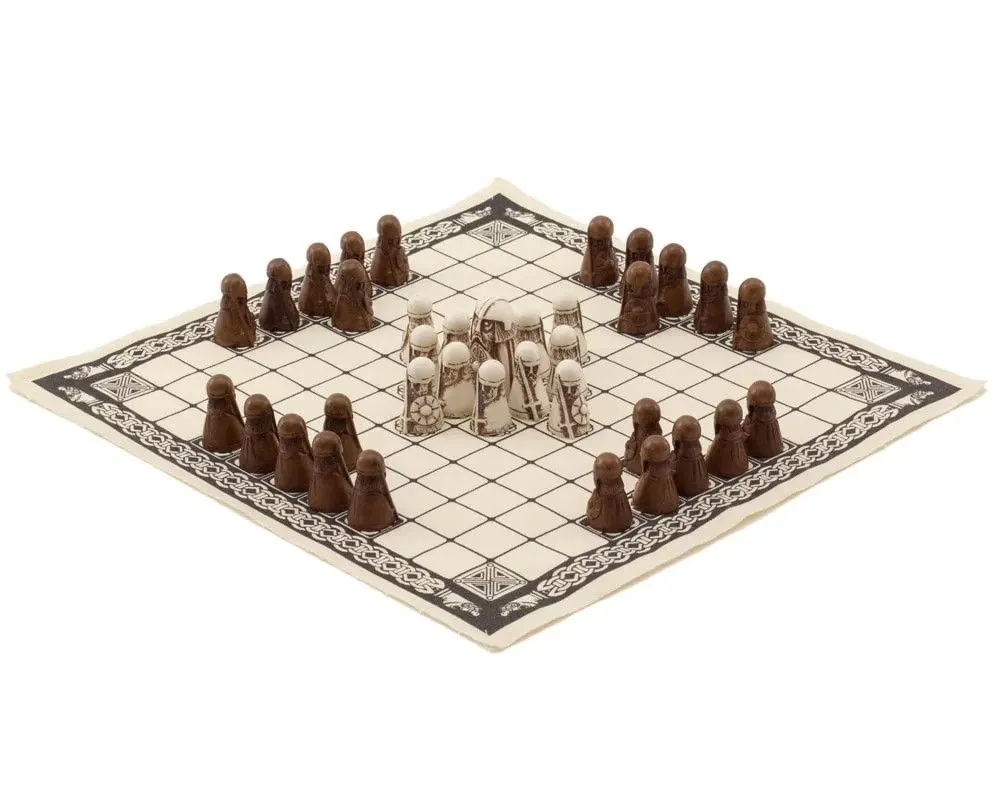
@The Viking Game (Hnefatafl)/regencychess.co.uk
One of these games was quite similar to modern chess, with one player stationed in the center of the board, attempting to protect their king from the opposing player. Clearly, they valued strategic maneuvering just as much!
Survival of the Fittest
Reading about their practices, it’s clear that growing up in such an environment was challenging. Deformities or weaknesses were not tolerated and often led to the intentional loss of the child.
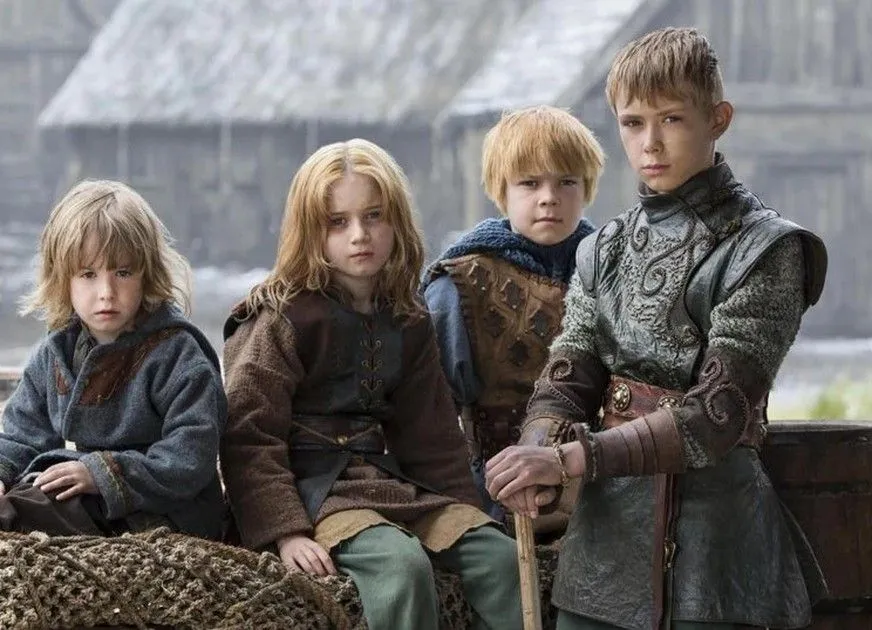
@What Was Life Of Viking Children Like?/bavipower.com
This was carried out in various ways. Infants with noticeable issues might be discarded overboard while sailing, while older children could be left exposed to the elements. Life was particularly harsh for children during that time.
Imbalanced Male-to-Female Ratio
When you picture the Vikings, you might imagine burly men with horned helmets and long braided beards. While that imagery isn't entirely accurate, one aspect that is somewhat true is the noticeable absence of women.
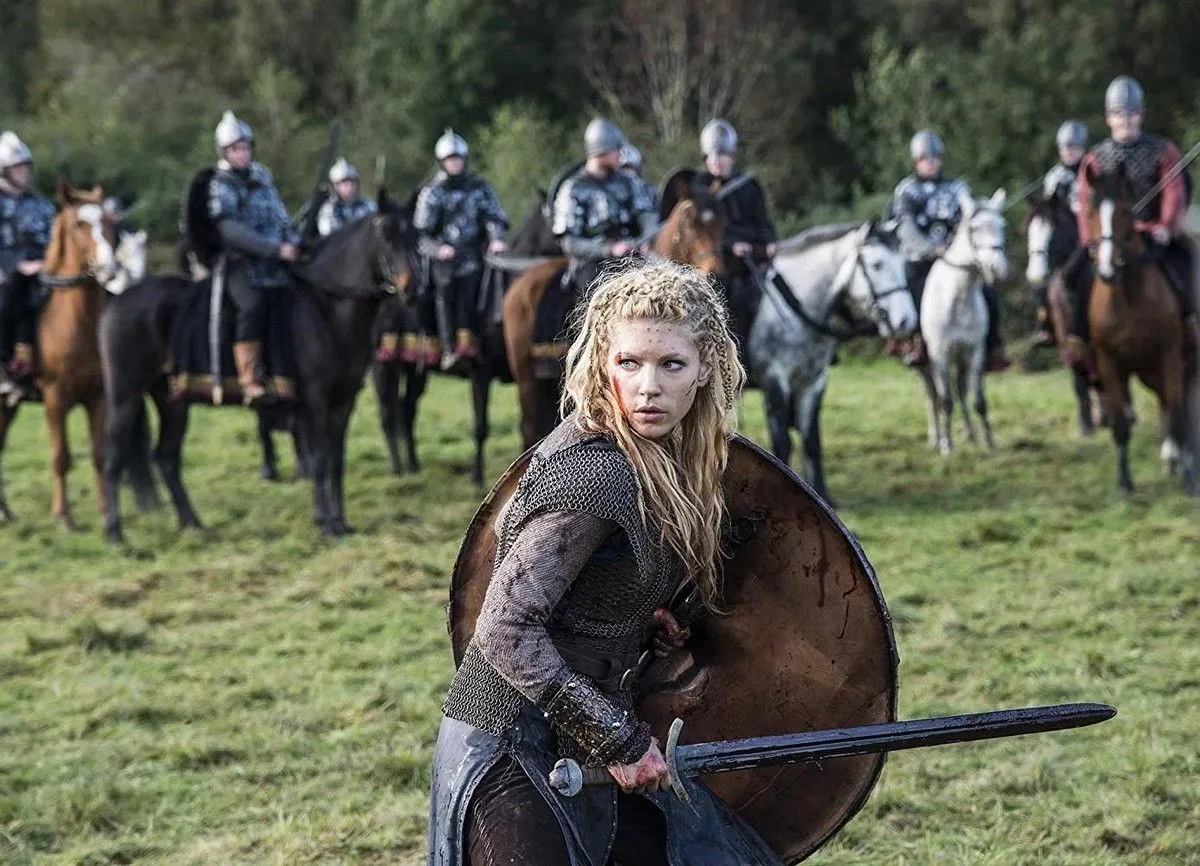
@Bernard Walsh/worldhistory.org
Women were often less favored due to the Vikings' preference for strength and combat prowess, which made their survival less likely. Men, being the primary fighters, dominate our modern perception of Vikings.
The Origins of Viking Women
You might wonder how the Vikings managed to reproduce with such a low number of women. The answer is rooted in their raiding and conquests; they often kidnapped women during their travels.
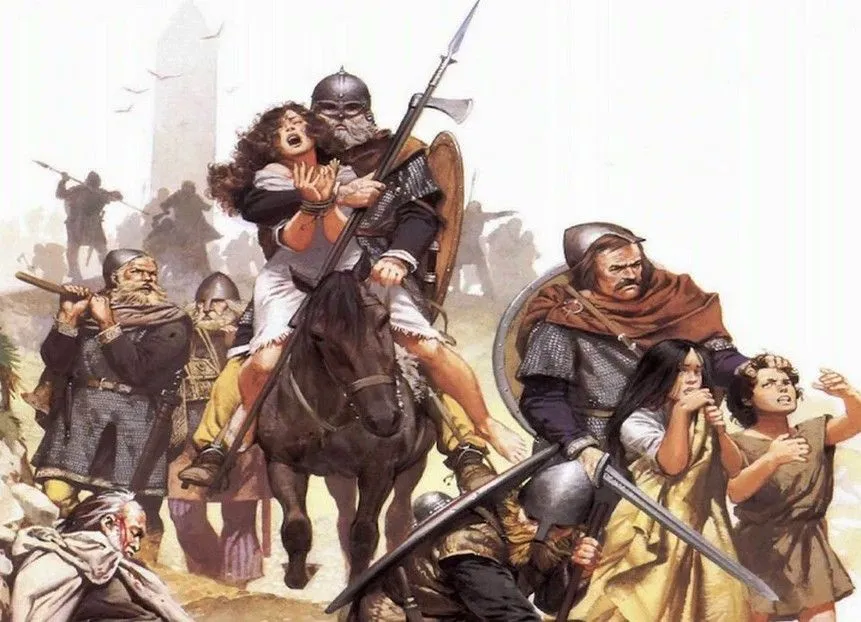
@Viking Slavery: The Tough Life of the Thrall – TheWarriorLodge/thewarriorlodge.com
As renowned travelers and raiders, the Vikings frequently took women from the areas they invaded. These women were brought back to help continue their bloodlines and care for any children born from these unions.
Beware the Fearsome Berserkers
Have you ever heard the phrase “go berserk”? It means to become suddenly furious or violent, and it actually originates from Viking warriors. Not all Viking warriors were alike.
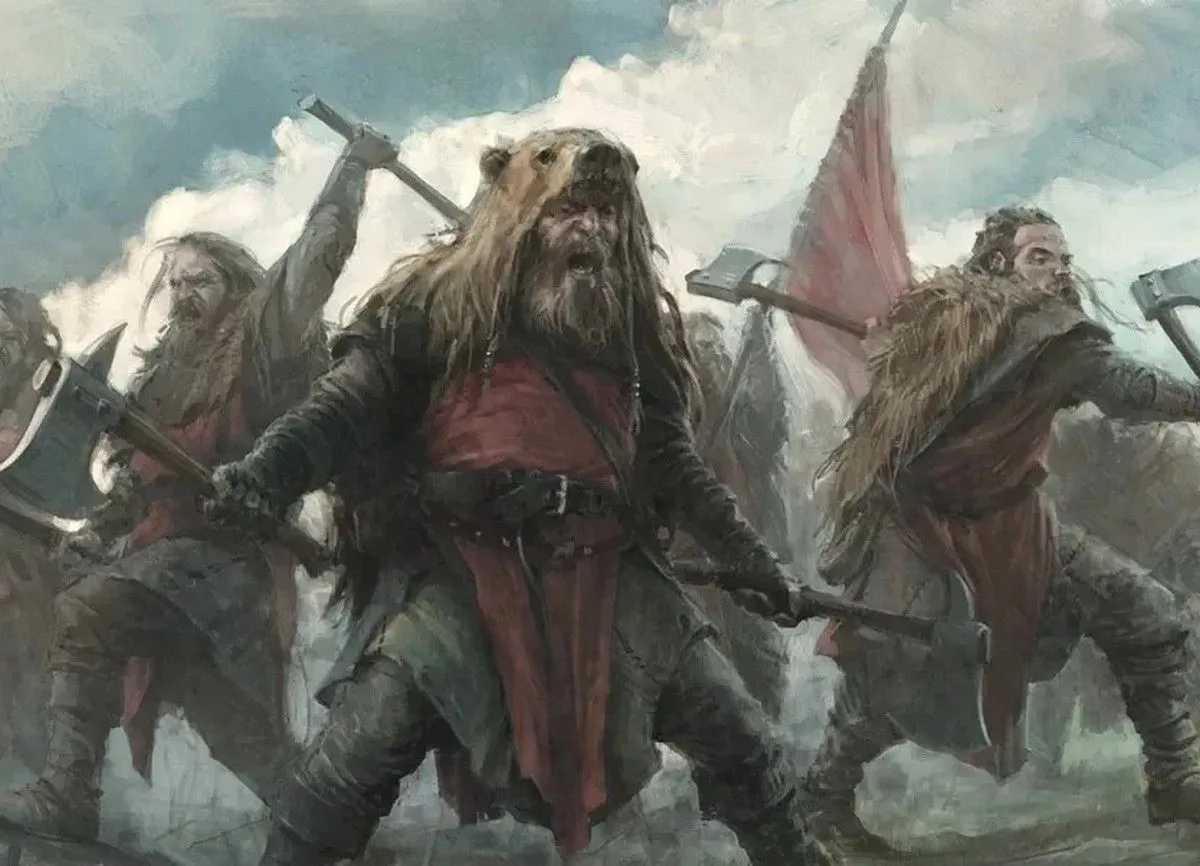
@The Viking Berserkers – TheWarriorLodge/thewarriorlodge.com
Among them were the berserkers, a group so fearsome that some would charge into battle without armor. They were incredibly strong and brutal, making any fight involving them particularly deadly.
Viking Fury Mode
In the God of War video game series, the main character occasionally enters a state called Spartan Rage, where he sees red and fiercely demolishes any enemy in his path. Berserkers appeared to experience a similar frenzy.
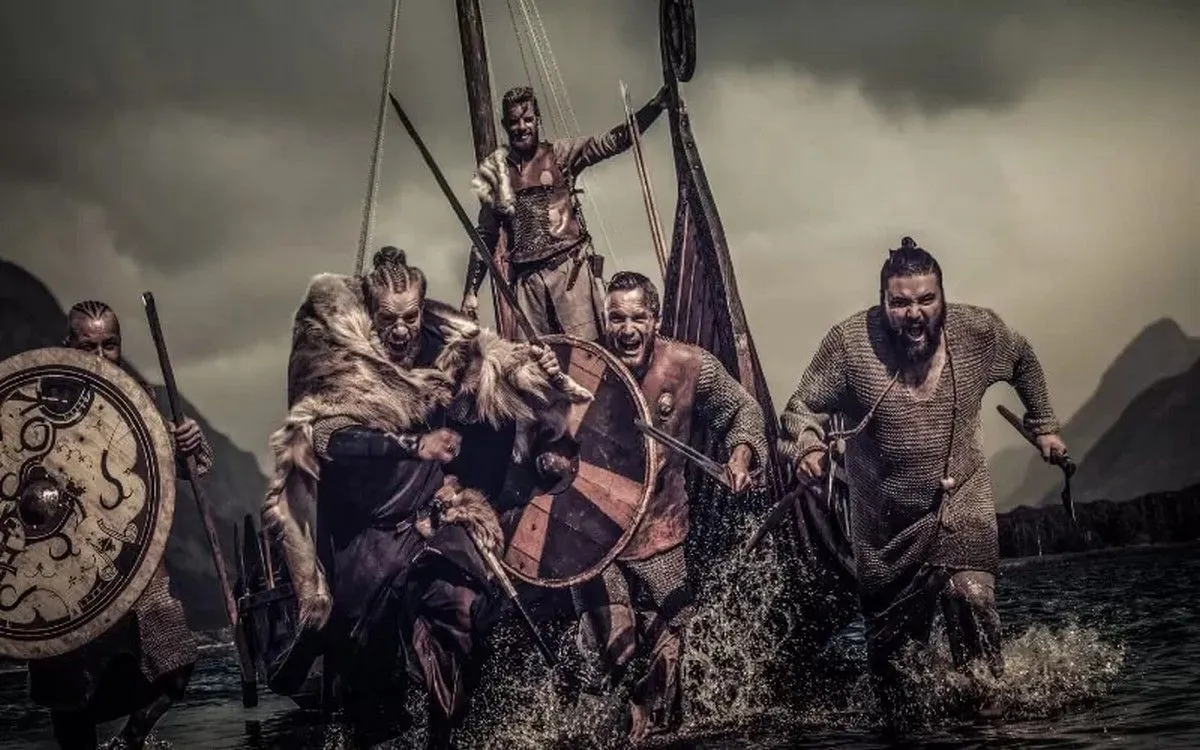
@Vikings: Berserkers and Bad Teeth/precisiondentistry.com.au
However, unlike in video games, there were no mechanics to prevent friendly fire in the Viking world. As a result, berserkers were known to attack their own clan members if they happened to be in the way. What drove them into such a frenzy, you might wonder?
They Were Under the Influence
It’s possible that berserkers were fueled by sheer rage and adrenaline during battle but many believe that wasn’t the only factor. They might have been under the influence of substances that altered their behavior.
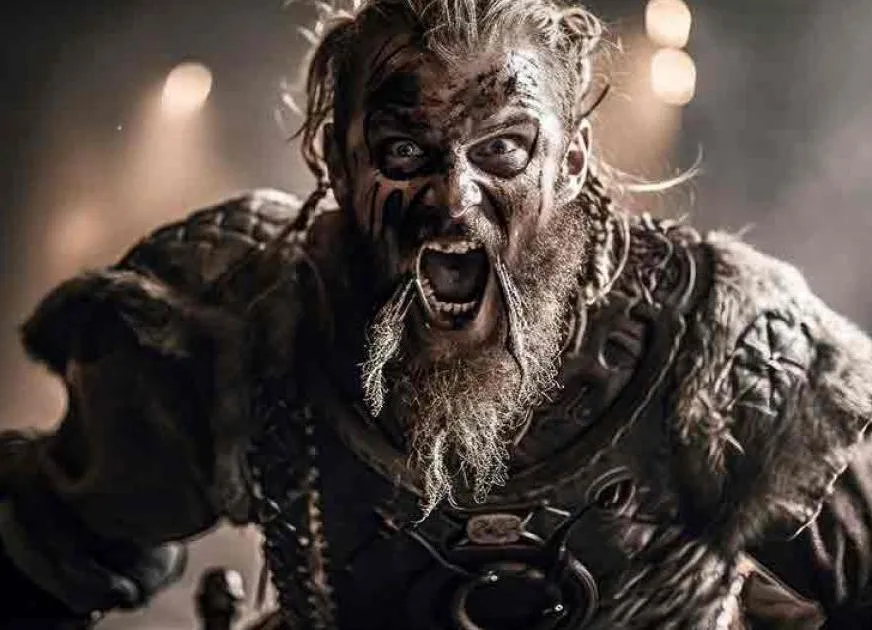
@Viking Drug Use: From Riotous Parties to Berserker Fury/ancient-origins.net
While the exact substances remain unknown, it’s likely they consumed them willingly. These substances reportedly caused various side effects, including shaking, teeth chattering, and even facial swelling.
Reindeer Hide Armor
Anyone who has seen a historical film knows that effective armor is crucial for surviving battles. Among various types of armor, the Vikings had a notable preference.
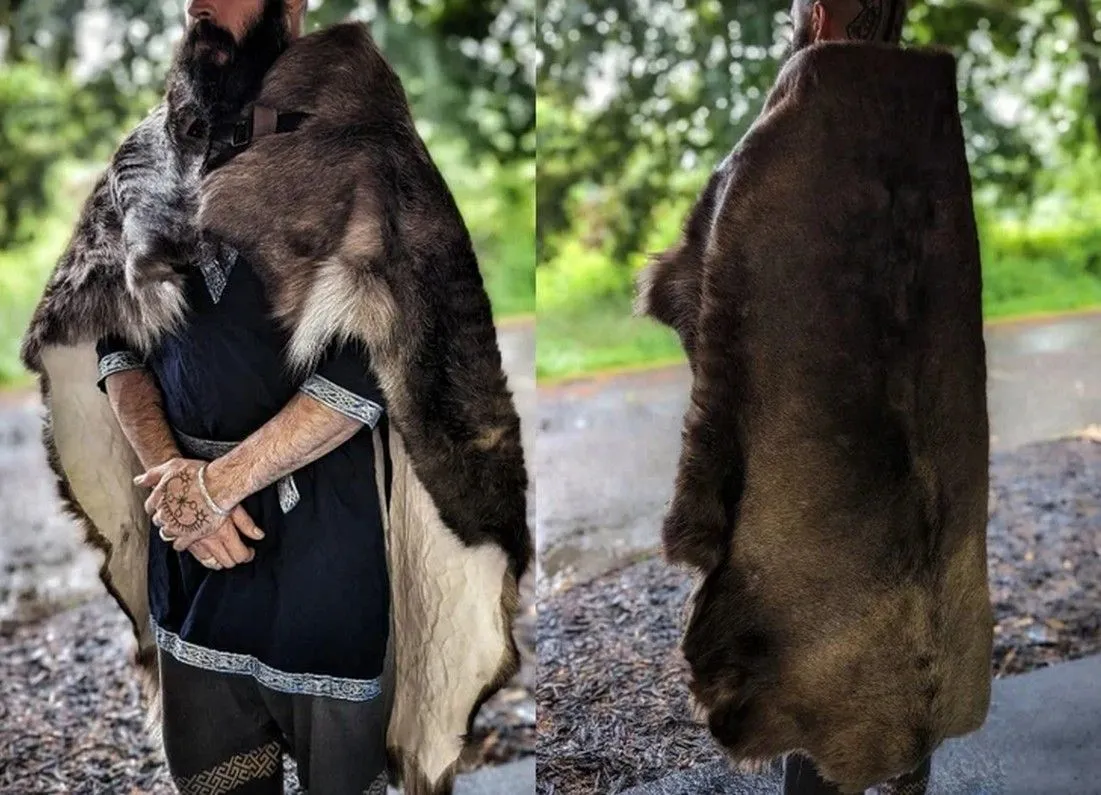
@Reindeer Hide Cloak/etsy.com
In Scandinavia, where the Vikings originated, reindeer were abundant, making reindeer hides a logical choice for armor. With their thickness and warmth, these hides offered both protection and comfort, making them a practical option for Viking warriors.
Drinking from Horns
A common myth about the Vikings is that they would turn the skulls of their defeated enemies into drinking vessels, which would certainly be humiliating for the victim. However, even the Vikings didn't take brutality to that extreme.

@Jonathan Williamson/thevikingherald.com
In reality, they drank from a more ordinary item — hollowed-out animal tusks. It’s possible that these tusks contributed to the legend of the horned helmet often associated with Vikings.
The Biggest Myth About Vikings
If you asked someone on the street what comes to mind when they think of Vikings, a horned metal helmet would likely be among the first things mentioned. However, this iconic image was actually invented by 19th-century artists.
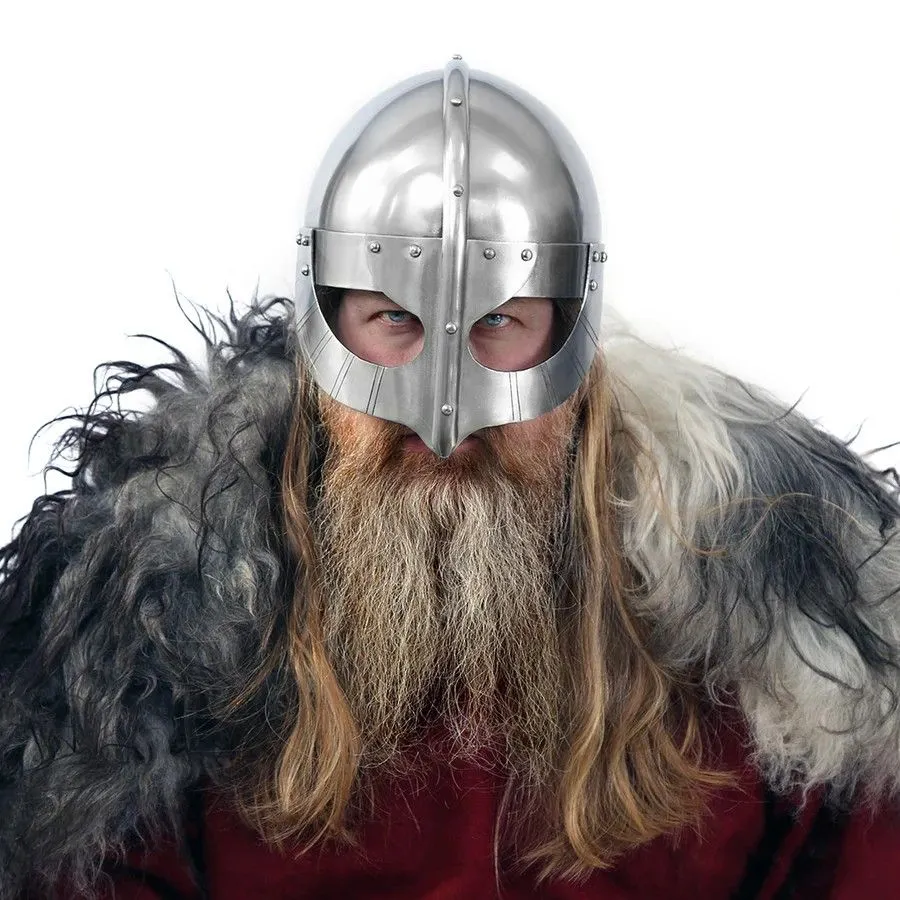
@Grimfrost's Viking Helmet/grimfrost.com
In reality, Vikings wore much simpler helmets — basic rounded metal ones designed to protect their skulls and upper faces, much like the helmets used by others in the region at the time.
The Viking Longboat
If you’ve seen Moana, you’re familiar with the concept of seafaring, which refers to people who travel frequently by sea. One of their most renowned vessels is the longship.
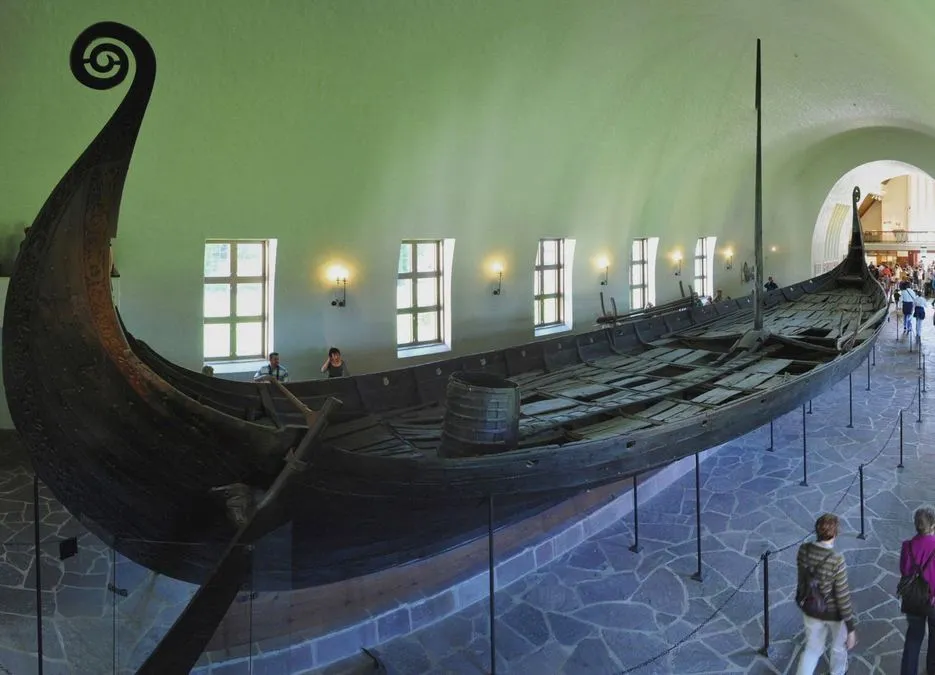
@Mysteries of the Vikings/viking.style
Constructed from wooden planks with gaps sealed using moss or animal hair to ensure they were watertight, these ships' long, narrow design made them highly maneuverable, even in shallow waters.
Longships Were Swift
Given that the Vikings spent a significant amount of time at sea, it’s clear they knew how to navigate quickly. Their ships were powered by both oars and the wind, and they were anything but slow.
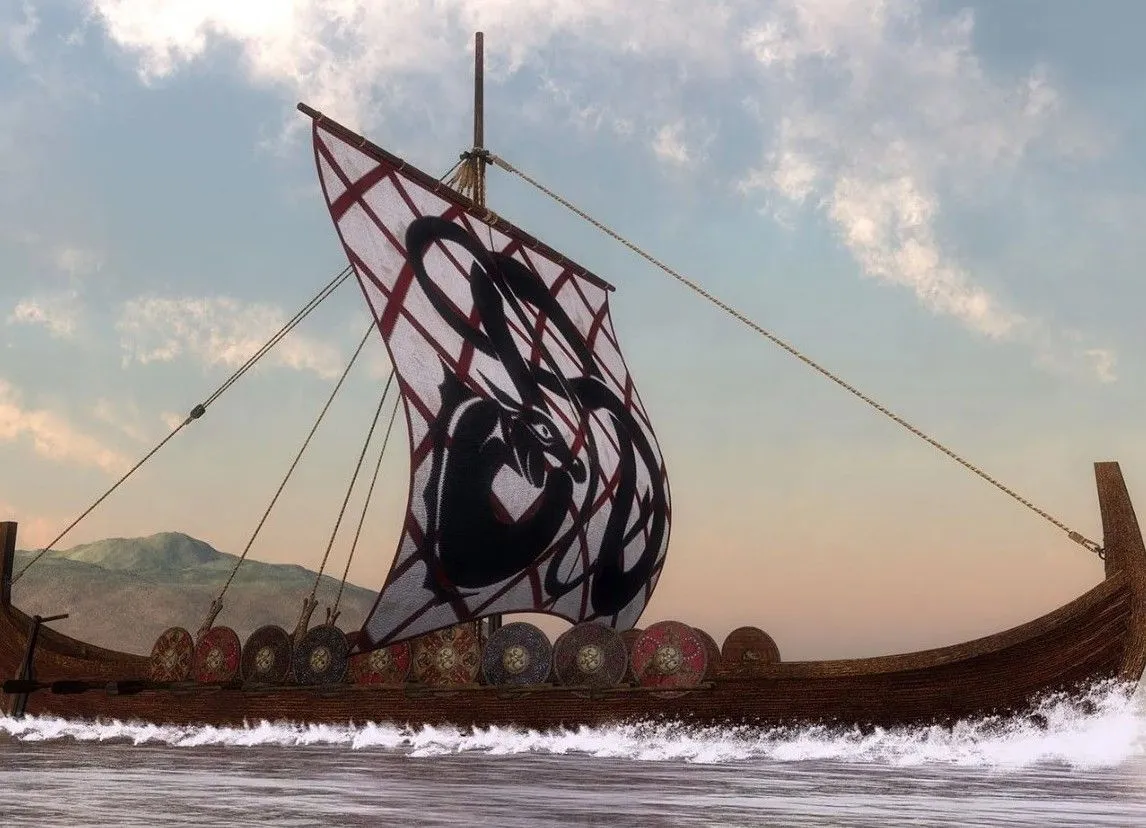
@longships/britannica.com
In fact, longships could cover approximately 125 miles in a single day! While this might seem modest in an era of cars and airplanes, it allowed the Vikings to reach distant lands and conduct raids efficiently.
Life at Sea Was Challenging
Viking longships were far from the luxurious cruise ships we’re familiar with today. These open, hollow vessels offered no shelter, leading to long, uncomfortable days and nights.
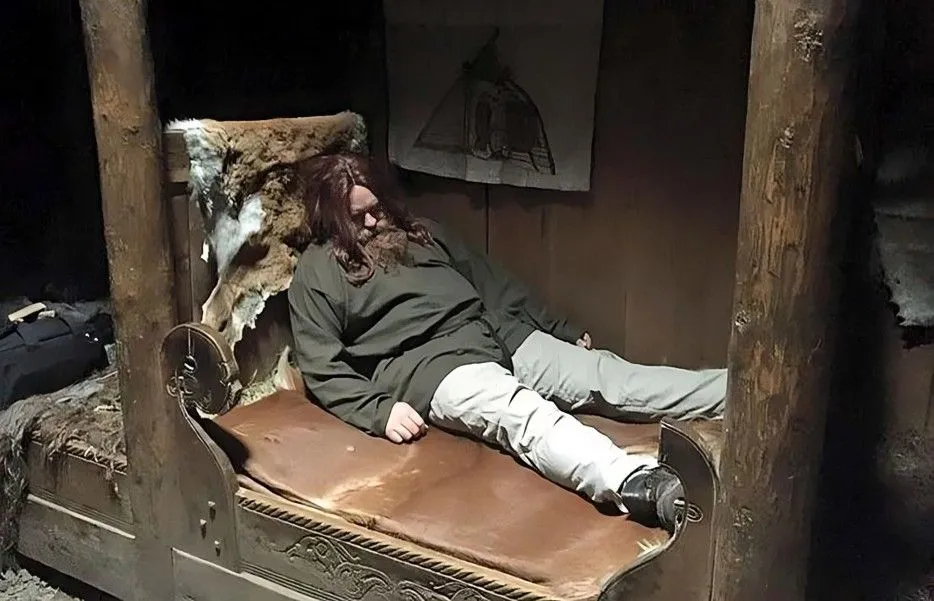
@Hurstwic/facebook.com
When they landed, they might use the sail to create a makeshift tent over the ship for sleeping. If they had to spend the night at sea, everyone would sleep on deck under animal skin blankets.
A Unique Method of Navigation
Navigating by the stars is a well-known technique, especially in the past when seafarers spent months crossing oceans. However, did you know that rocks could also be used for navigation? This might be what the Vikings did.
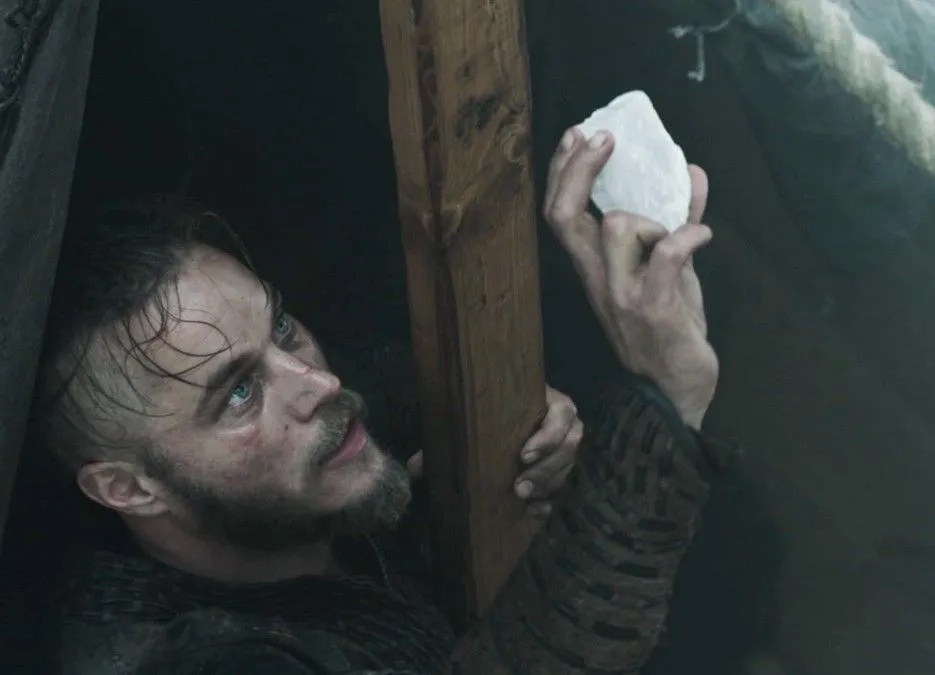
@What was the Viking sunstone?/theforgottentimeline.com
The theory suggests that the Vikings used naturally occurring crystals, known as ‘sun stones,’ as landmarks. They exploited the crystals' polarization and depolarization properties to determine their location.
How to Determine Horsepower
Hestavig was an ancient Viking sport used to determine which horse was the strongest. It was akin to jousting but far more brutal. Stallions would be encouraged to fight each other, not just for entertainment but also to maintain a robust gene pool.
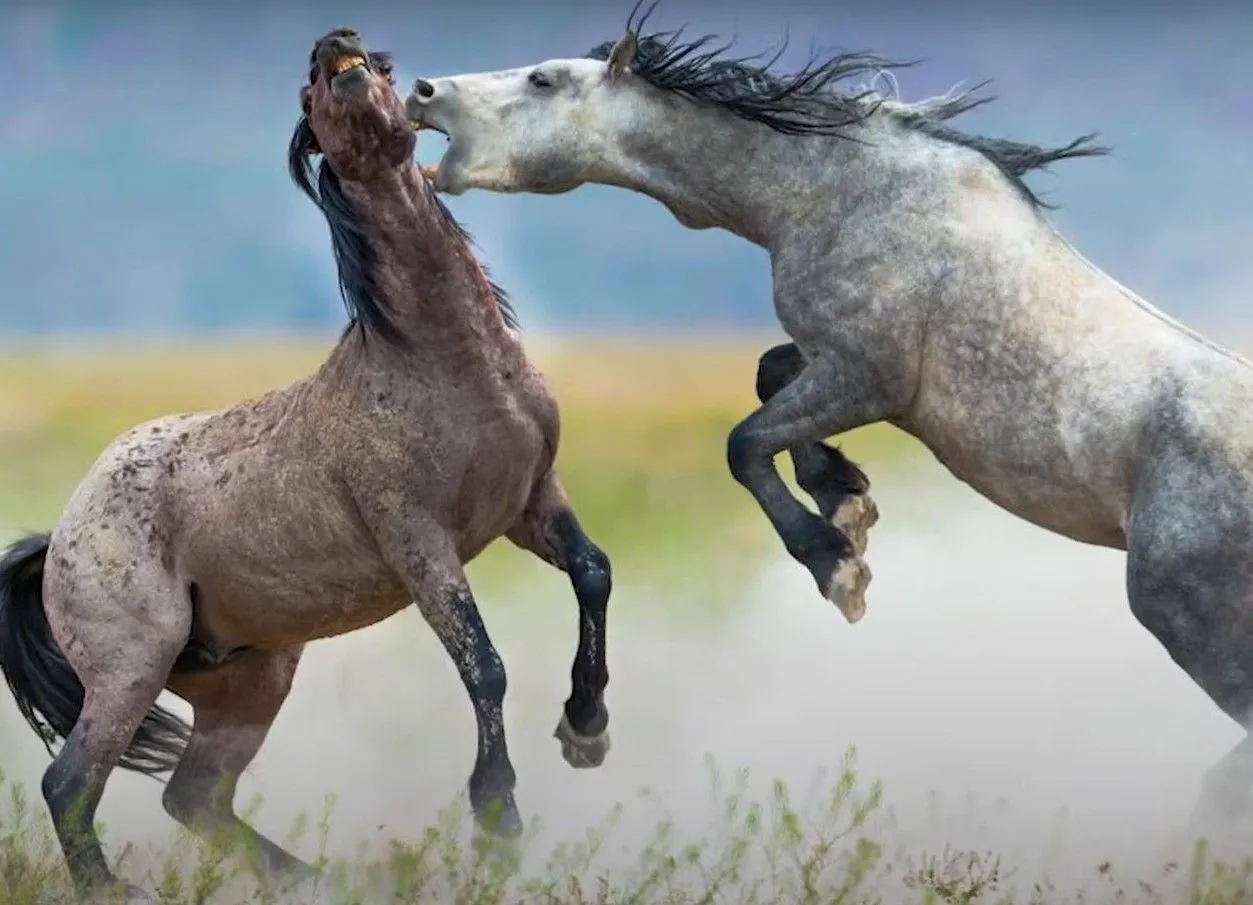
@Lutas de Cavalos Vikings - O Hestavig e Hestaping/YouTube.com
These organized contests took place in ringed arenas, often with a mare present to incite the stallions into a frenzy. The goal was for the strongest horse to emerge victorious, earning the title of ‘stud’ for breeding the next generation of warhorses.
Vikings Were Not a Single Group
Vikings are frequently perceived as a unified group under a single banner but in reality, they came from various regions, primarily modern-day Scandinavia. This makes the term "Viking" more akin to "European" than to "Danish" or "Swedish."
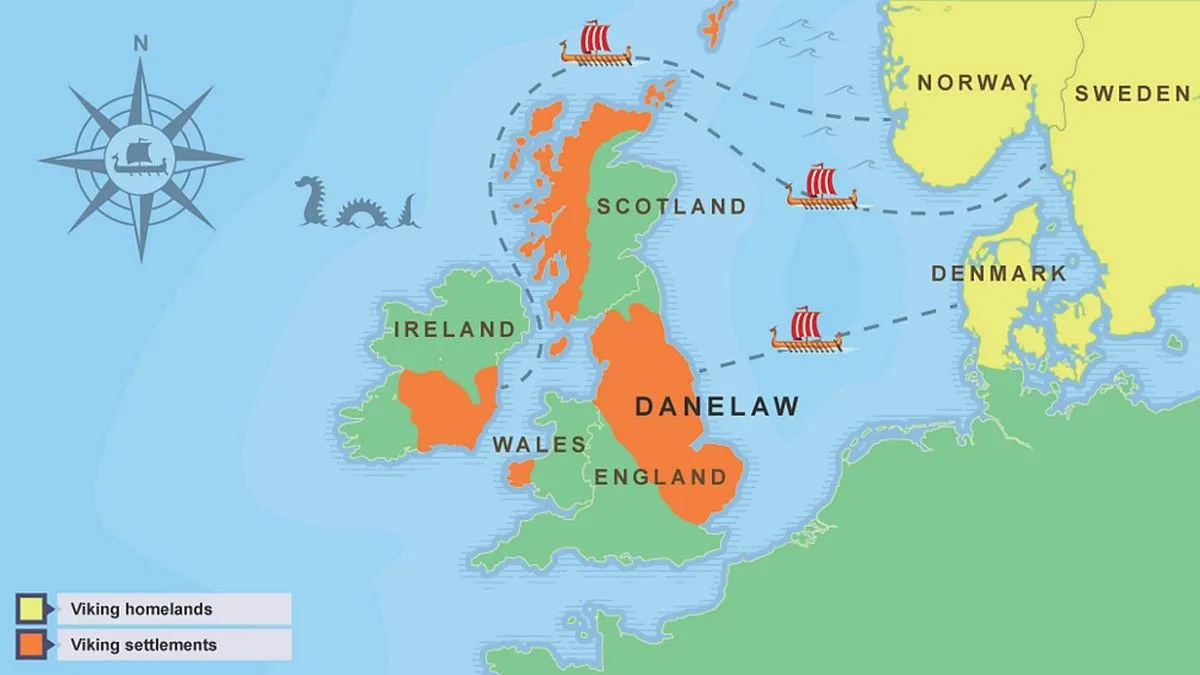
@Where did the Vikings settle?/bbc.co.uk
However, historical consensus indicates that most Vikings spoke Old Norse as their primary language, which included different dialects such as Old West Norse, Old East Norse, and the intriguingly named Old Gutnish.
Some Served as Bodyguards for the Byzantine Empire
The Byzantine Empire, an extension of the Roman Empire in the East, was one of the most influential empires in history. Due to its power, its leaders frequently required protection in the form of bodyguards.
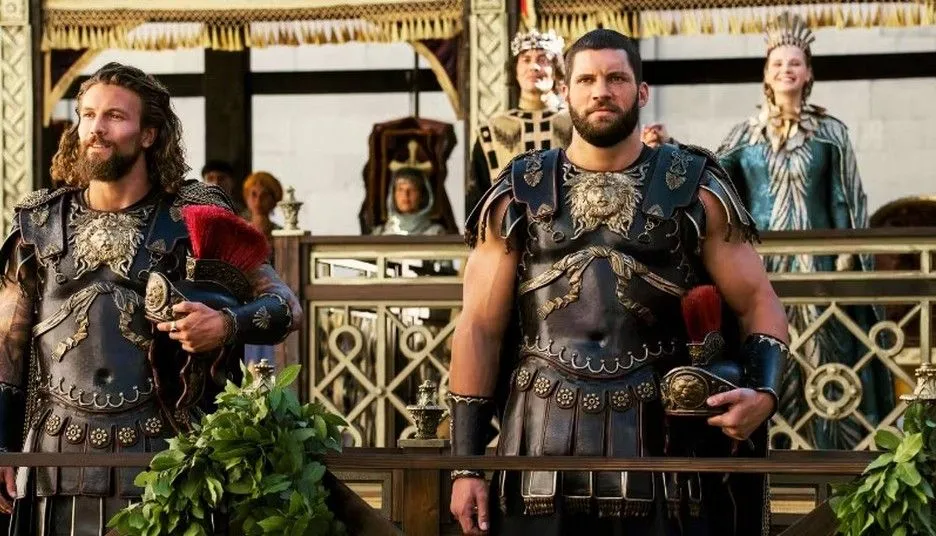
@Adrienne Tyler/bscreenrant.com
Some Vikings chose this role over their seafaring adventures, joining the Varangian Guard, an elite bodyguard unit. It is said that Vikings were highly valued for this role due to their exceptional battlefield skills.
The Louvre Wasn't Always a Museum
The Louvre in Paris is renowned as one of the world's most famous art museums, housing iconic works such as The Mona Lisa and The Last Supper, and located near the Seine River.
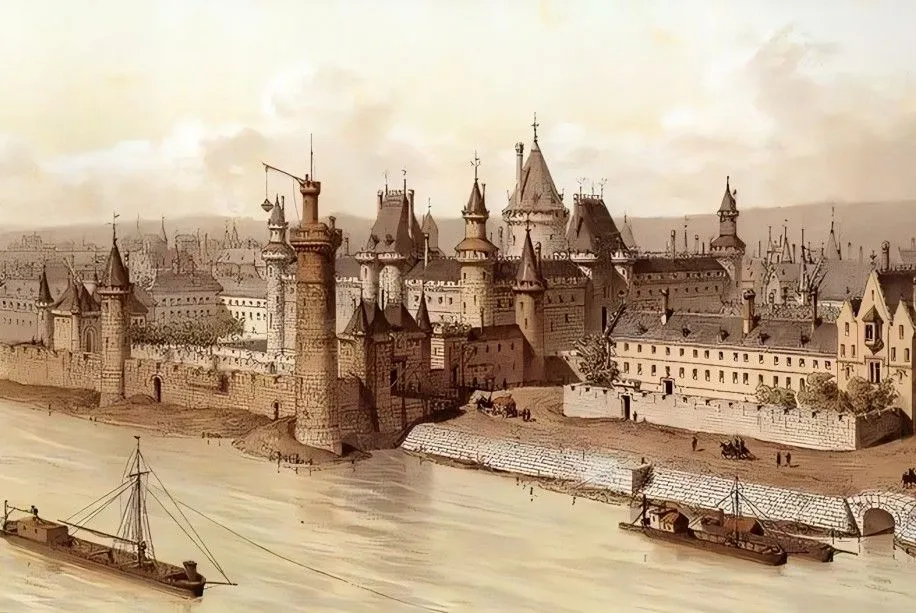
@The History Of The Louvre – Fortress, Palace & Museum/parisinsidersguide.com
However, before becoming a museum, the Louvre was originally constructed for a different purpose — it served as a fortress to defend the city from Viking raids. Given the Vikings' notorious reputation and extensive raiding, this was likely a wise decision for France.
They Perfected the Art of Blackmail
It turns out that Vikings were adept at employing underhanded tactics to achieve their goals, including blackmail! Historians suggest that the Vikings would often offer targeted territories the chance to buy peace but only if they paid with their most valuable treasures.
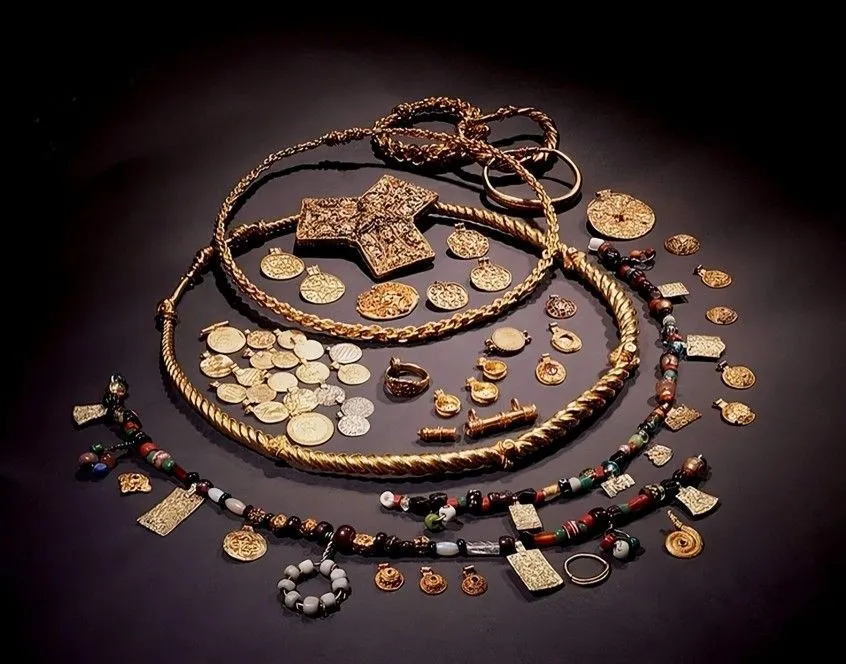
@Viking Metal/vikingmetalwork.blogspot.com
Regions such as modern-day France and England were expected to provide precious metals like gold, silver, and copper in exchange for avoiding conflict. However, this strategy didn't always work — Vikings would continue to demand valuable goods until the locals exhausted their resources, at which point they would attack regardless.
Impact on Modern Vocabulary
The Vikings spoke Old Norse, and their language has significantly influenced English. This impact is evident in many common English words, such as "ugly," "egg," and "give."
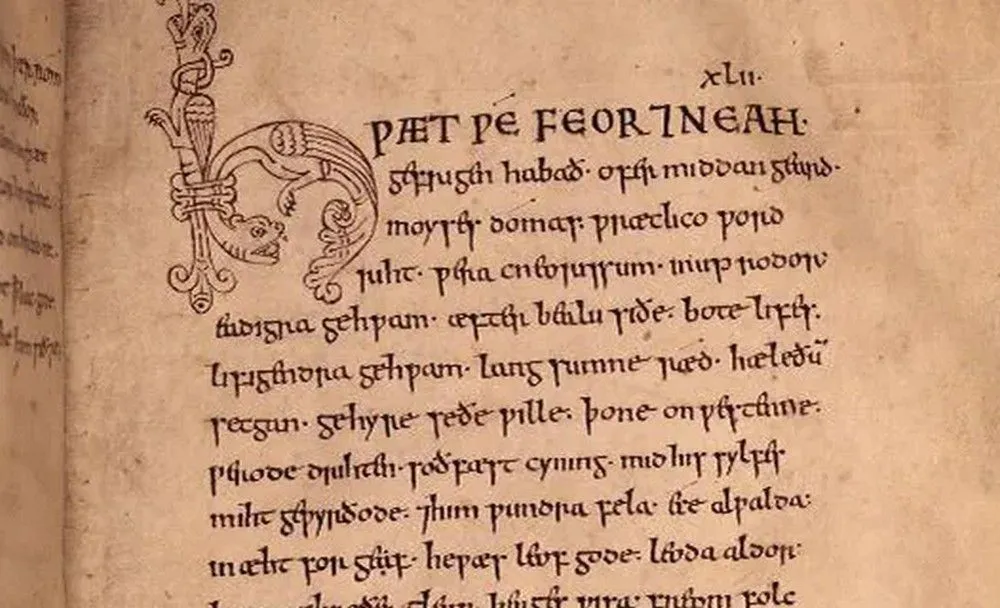
@Viking: Old Norse origin doubtful/norwegianamerican.com
One of the most intriguing examples of Norse influence is found in the names of the days of the week. Specifically, "Thursday" derives from the Norse god Thor. The term "Thor's Day" was so well-integrated into the culture that it became a lasting part of the English language.
Viking Women Enjoyed Significant Equality
Vikings are often portrayed as a brutal and savage society but their social structure was relatively progressive for its time, particularly regarding women's rights. While their methods of acquiring women might have been unconventional, Viking women enjoyed notable freedoms.

@David Nikel/lifeinnorway.net
For example, Viking women had more rights compared to many other Europeans of the period. They could divorce their husbands, remarry at their own discretion, buy and own property, and even lead entire clans. Now that’s a matriarchy worth noting!
False Hygiene Myths
The notion that Vikings had poor hygiene is a persistent myth. Despite stereotypes of rotting teeth and filthy beards, historical evidence suggests that this portrayal is inaccurate.

@Scandinavian trade ‘triggered’ the Viking Age/archaeology.wiki
In reality, Vikings likely bathed regularly and took great care of their beards, using a variety of tweezers and combs. Who knows—perhaps the Vikings were the pioneers of grooming and personal care!
Trials Were Comparable to Modern Practices
When we think about ancient societies, we often assume they were drastically different from ours. However, many aspects of modern society have their roots in the practices of earlier civilizations, such as the Romans and the Vikings.
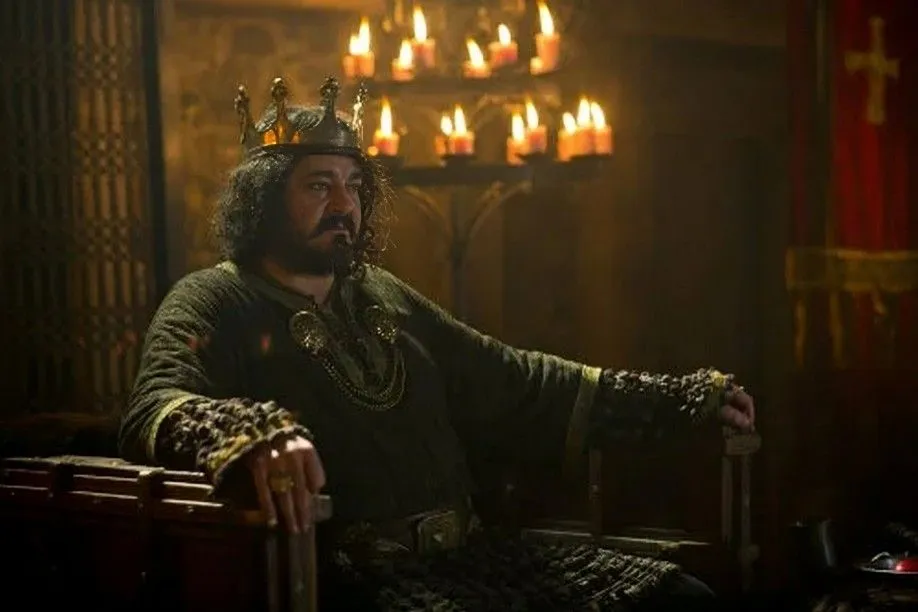
@Vikings: "Trial" Review/ign.com
They also had trials, though instead of individual witnesses, a panel would present their views on the case. Similar to modern systems, a jury determined guilt, and those found guilty could face fines or even banishment.
Honesty Was Highly Valued
One of the earliest lessons children learn is that lying is wrong, and the Vikings shared this belief, though their views on honesty focused on different aspects than we might today.

@Here’s the Trailer for Season 2 of “Vikings: Valhalla”/newonnetflix.info
They disapproved of deceitful methods of ending someone's life, such as doing so stealthily at night or through arson. For the Vikings, honesty also meant that individuals facing punishment might receive a less severe sentence if they were truthful.
Never Offend a Viking
Insulting a Viking could have serious consequences, often leading to a swift and permanent retaliation. Take the story of Thorvald Konradsson, for instance. As one of the first missionaries in Iceland, Konradsson traveled extensively, delivering messages to various clans.
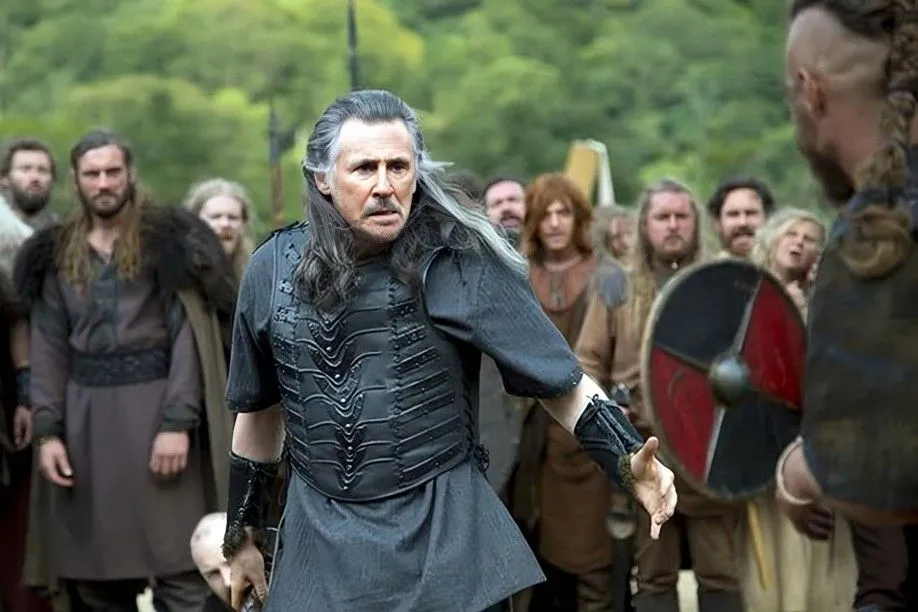
@Old Norse Law and (some) Order/thewarriorlodge.com
However, after being insulted one too many times by the locals, Konradsson was expelled from Iceland. Despite his religious mission, he didn't hesitate to confront two men who offended him, resulting in his permanent banishment from the island.
Vikings Had Their Own Version of Rodeos
If you’re curious about whether the Vikings had rodeos, the answer is yes—though it wasn’t quite what you might expect! Viking rodeos were actually a form of punishment for those who refused to participate in a holmgang. Instead of a traditional rodeo, it involved a perilous test of endurance.
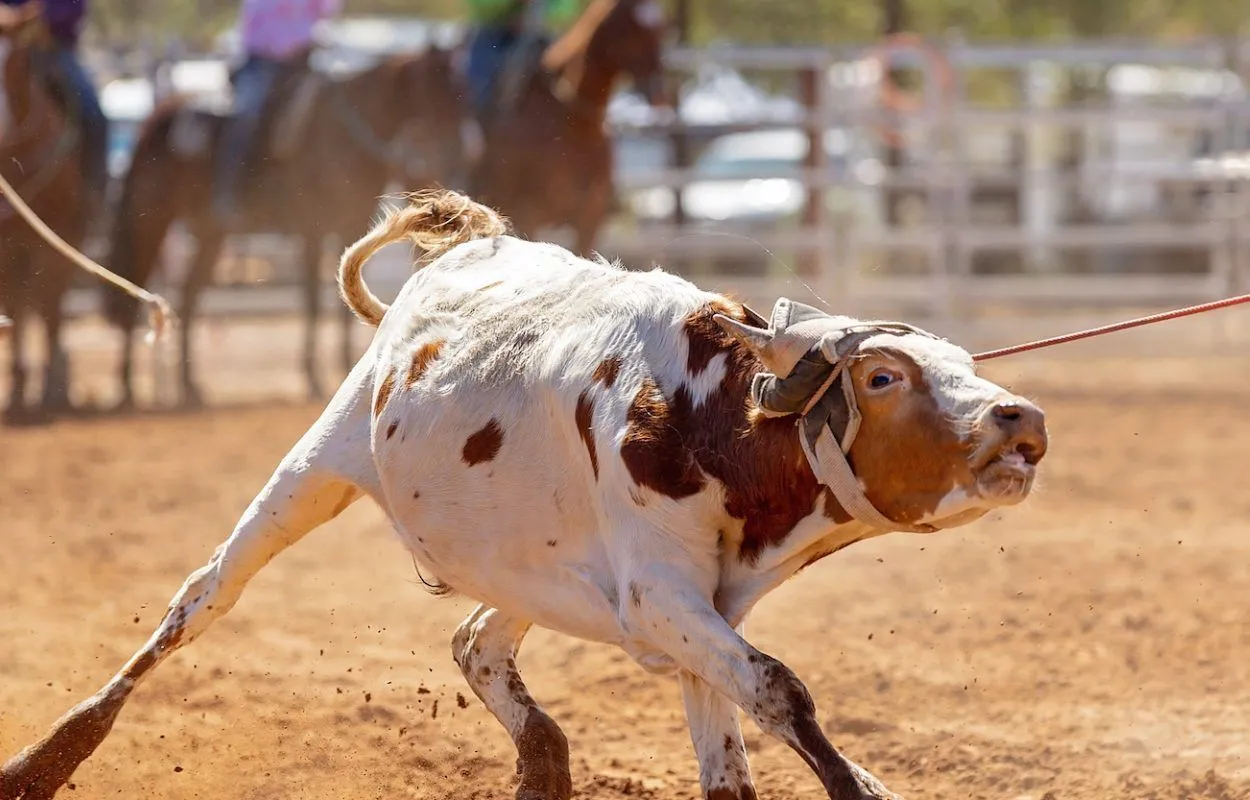
@Rodeos/animalsaustralia.org
In this grim game, a cow’s tail would be greased, as well as the man’s shoes. The challenge was to cling to the slippery tail of the distressed cow for as long as possible. Successfully holding on beyond a set time limit could earn the man the right to live.
They Brought Home More Than Just Plund
Anyone familiar with history knows that the diseases carried by travelers can be far more perilous than even the fiercest berserker. Due to the absence of modern medicine, Scandinavia experienced significant suffering as a result of the Vikings' voyages.
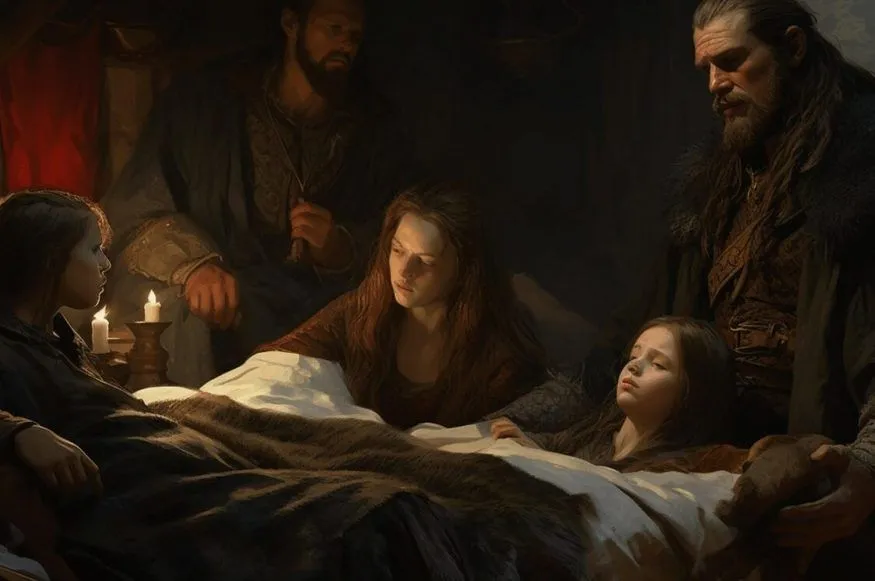
@What Was The Sickness In Vikings?/viking.style
Given that the Vikings frequently traveled and often brought people back with them, it’s no surprise that serious illnesses accompanied their plunder. These diseases spread rapidly through Viking settlements, causing widespread health crises.
They Managed Internal Conflicts
The Vikings faced various health challenges due to their era and lifestyle. Wounds often became infected, and viruses spread easily but they also dealt with another problem—parasitic worms.

@Peterjon Cresswell/thevikingherald.com
Why? Fires weren’t always available, so they frequently ate raw meat, which was a surefire way to contract parasites. If only the resourceful Vikings had access to a modern air fryer to cook their meat thoroughly!
They Contributed to Deforestation in Iceland
When you think of Iceland today, lush forests might not come to mind. This is largely due to the Viking settlers, who required extensive amounts of wood for constructing their longships and building homes.
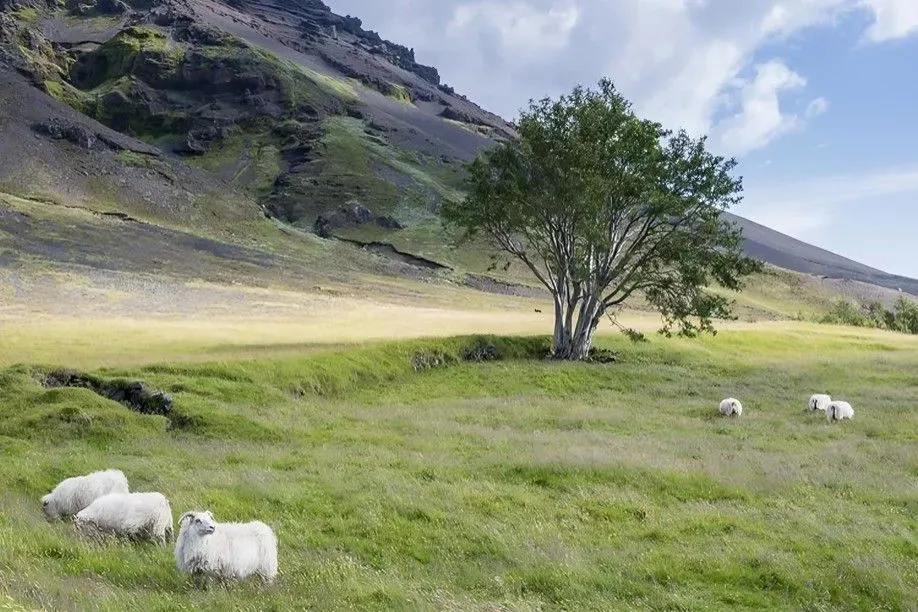
@How Iceland Is Regrowing Forests Destroyed by the Vikings/treehugger.com
They also needed space for pastures and farmland, leading to widespread deforestation. Even now, Iceland is grappling with the aftermath, struggling to recover from the loss. It’s hard to believe that up to 25% to 40% of the island was once covered in birch forests.
Marriage Wasn't Based on Love
Today, marriage often centers on love—finding a partner you trust, cherish, and feel attracted to. However, Viking marriages were quite different.
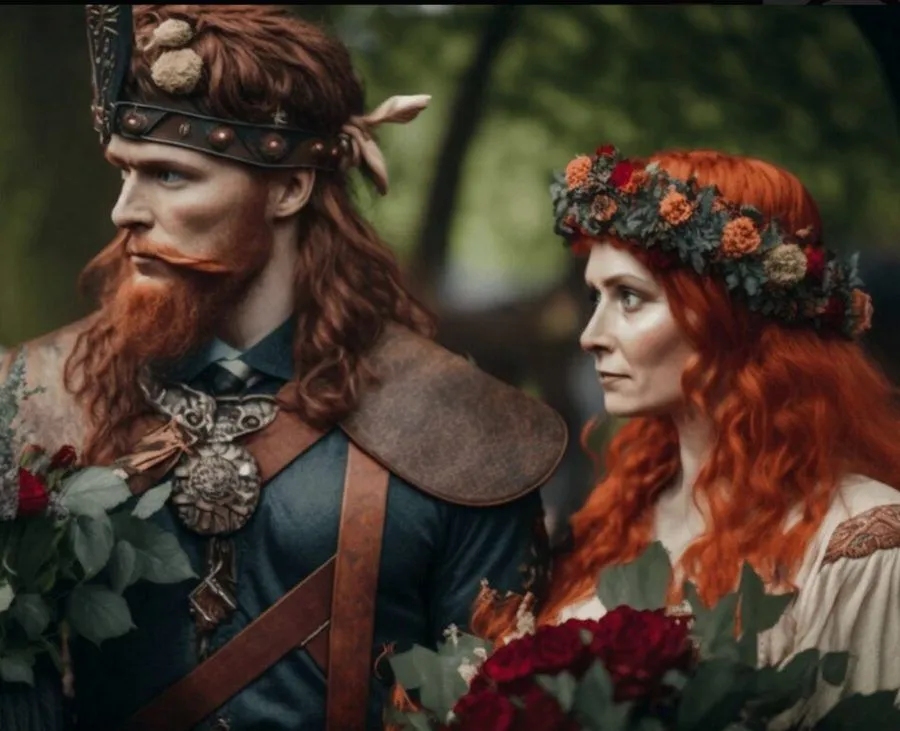
@Intriguing Viking Wedding Traditions/viking.style
In Viking times, marriages were primarily about the practical benefits the union would bring. These unions were arranged by families, with little to no emphasis on love or personal feelings.
The Most Coveted Wedding Gift
When it came to wedding gifts in Viking times, they were quite different from today's traditions. Instead of receiving items like china or toasters, Viking brides were gifted something much more charming and practical—kittens. These furry companions were considered an "essential part of a new household."
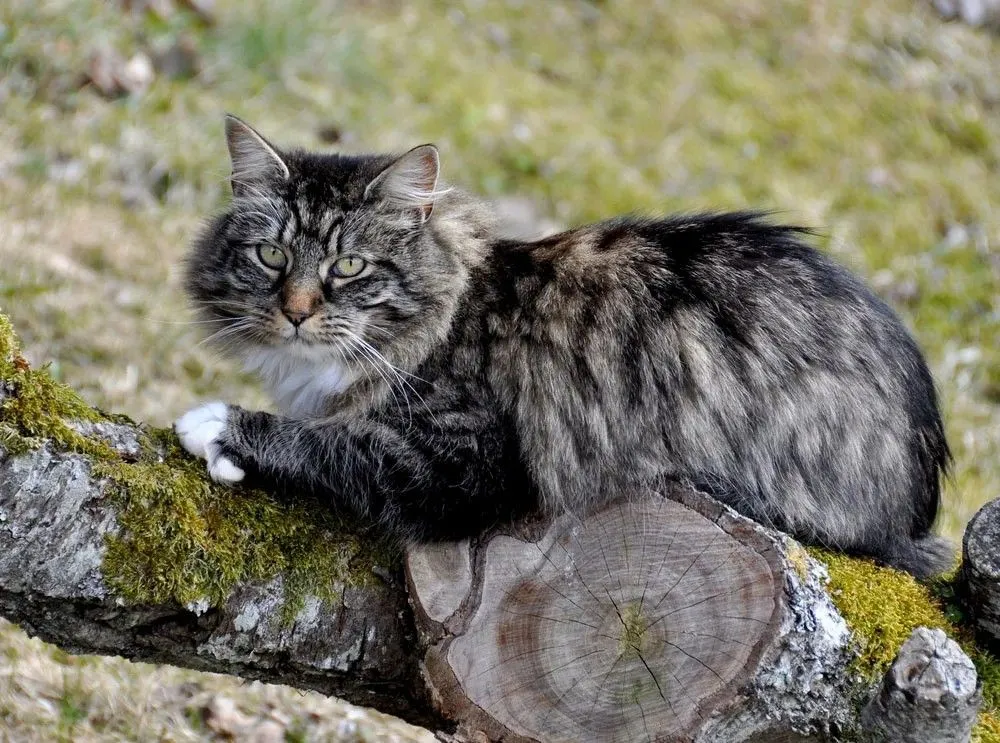
@Vikings Helped Cats Conquer the World/britannica.com
Why kittens? While the exact reasons aren't entirely clear, it's likely because cats were valued for their ability to keep pests like insects and mice at bay. Plus, they were adorable and could provide some comfort to Viking wives while their husbands were away on raids.
Most Vikings Were Not Warriors
While tales of berserkers and fearsome Viking warriors are popular, the majority of Viking men were not part of these raiding groups. Instead, most Vikings were farmers engaged in more everyday tasks.
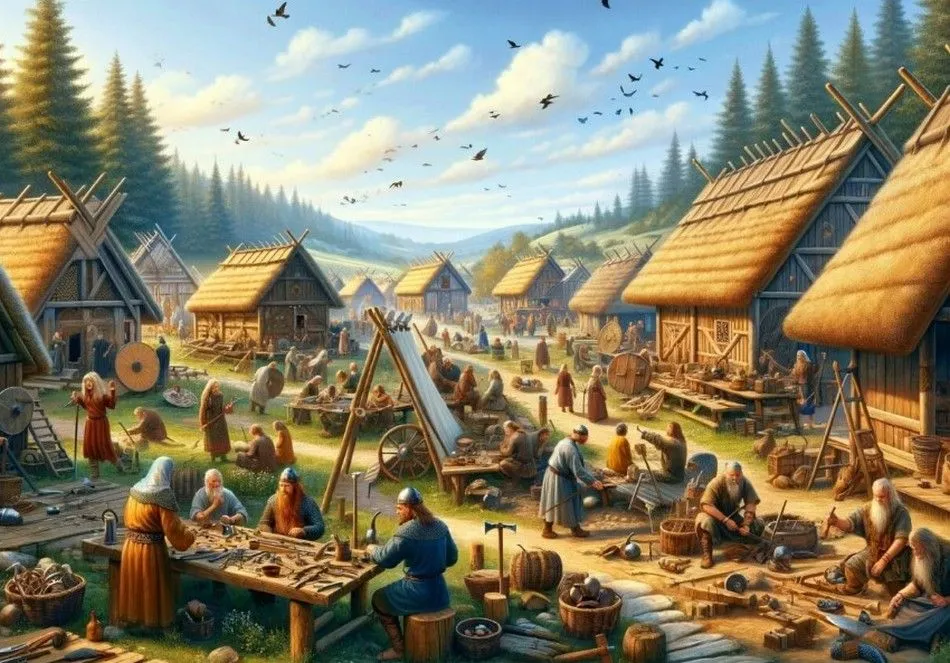
@Everyday Adventures: A Glimpse into Viking Daily Life/viking.style
This makes sense, as a society can't sustain itself solely through raids and warfare. Settlements were necessary to support warriors, house families, and maintain the daily functions of Viking life.
A Range of Physiques
Throughout history, humans have generally grown taller, and it's easy to picture Vikings as towering, muscular warriors. However, most Vikings didn't fit this image.
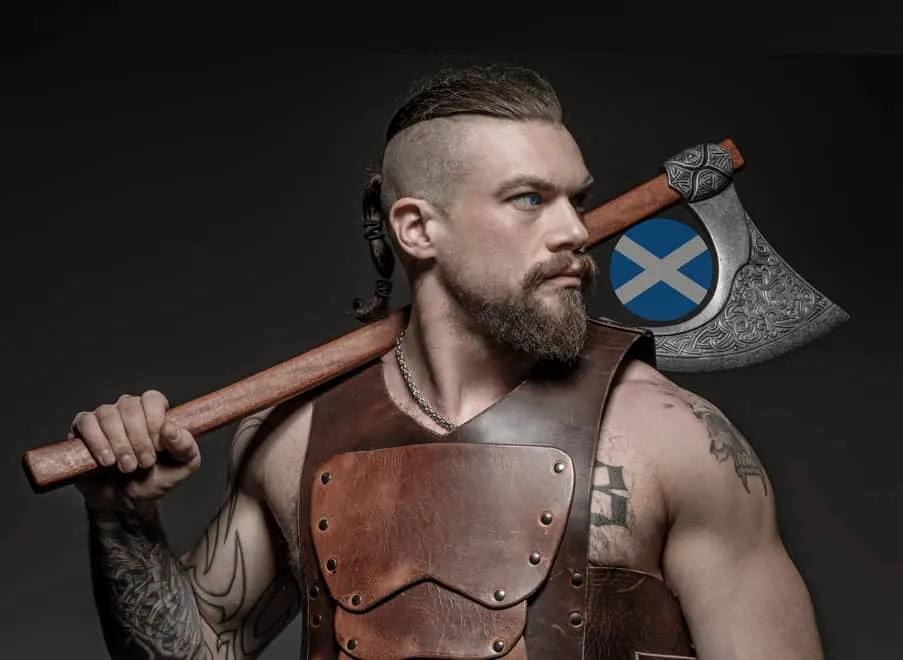
@Thomas Mackay/scotsman.com
In reality, they were typically shorter and leaner. Their physique was more reflective of a day spent working in the fields rather than the bulk of a bodybuilder. This body type was practical for their agricultural lifestyle.
Their Hair was Bleached
When we think about people from the past, it’s easy to overlook the fact that they engaged in appearance-altering practices similar to ours today, such as wearing makeup and dyeing their hair. The Vikings, for instance, were no exception.
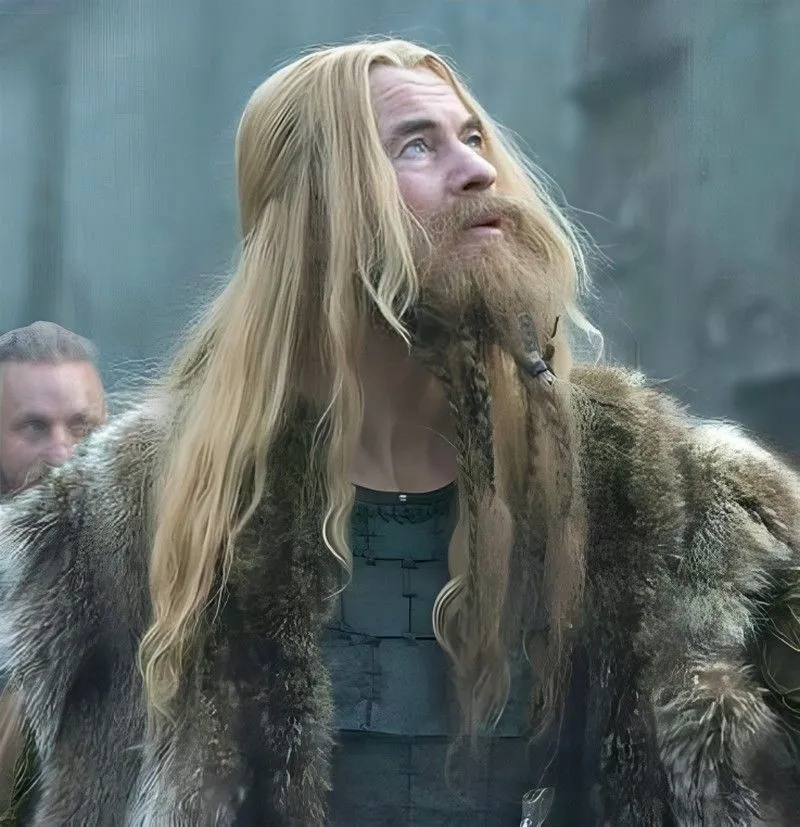
@viking-blr/tumblr.com
Not all Vikings were naturally blonde. Many of them bleached their hair to adhere to beauty standards and to combat an annoying pest — lice. After all, no one enjoys an itchy scalp, not even the Vikings.
Using Skis for Transportation
The Vikings living in the northern regions faced challenging conditions with mountains and harsh, snowy winters, making a casual stroll quite impractical. Long before skiing became a sport for vacationing elites, it served as a vital means of survival for people like the Vikings.
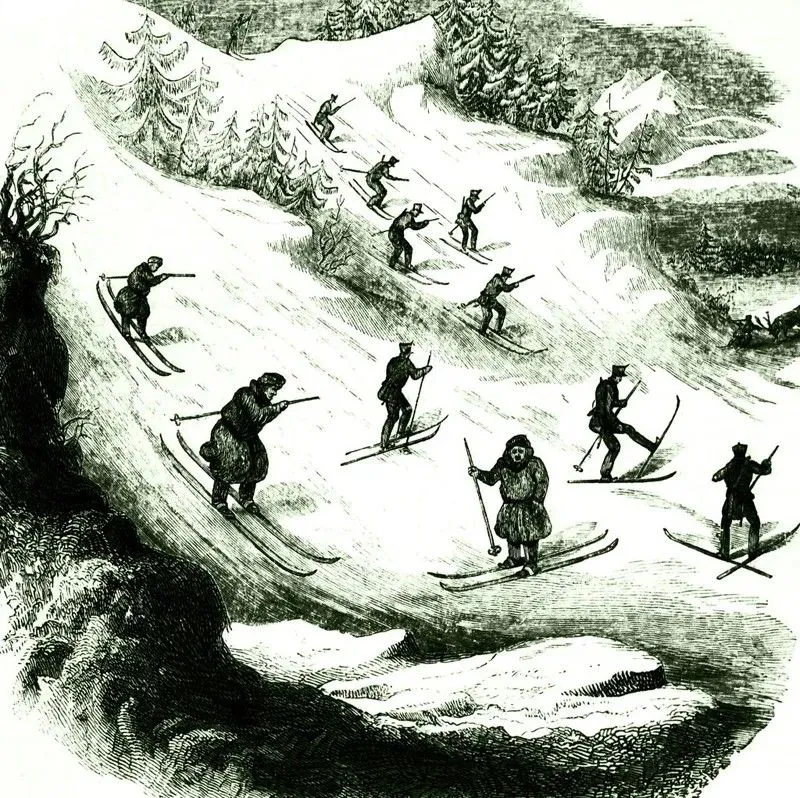
@Erica Wagner/heraldweekly.com
They were known to craft their own skis and likely learned how to use them from the Sami people, who were their neighbors in ancient times.
A Seafaring Burial
One of the more well-known Viking customs was the sea funeral. The deceased was placed on a boat, sent far out to sea, and then archers would set the boat ablaze while others observed.
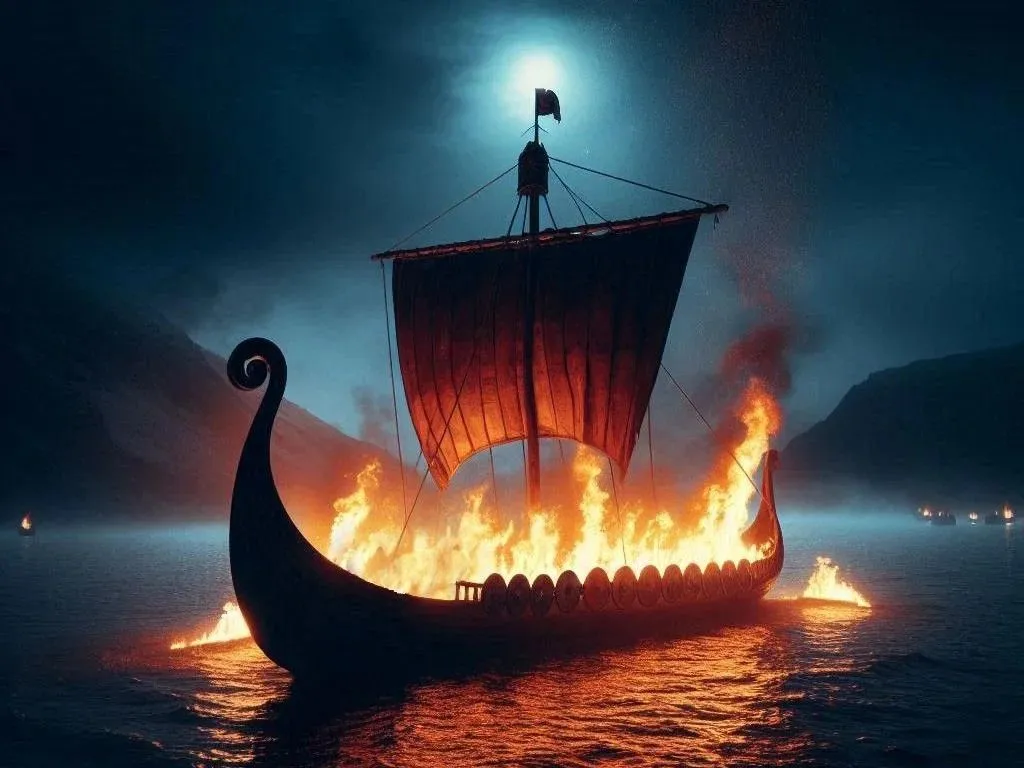
@Dario Radley/archaeologymag.com
What’s less known is that this method wasn’t used for every Viking. It was reserved for highly esteemed individuals, who were surrounded by their valuables and possessions before being sent off.
The Legacy of Erik the Red
Erik the Red embodied the classic image of fiery, temperamental redheads. His strong temper led to his banishment from two different regions in Iceland after conflicts that resulted in multiple deaths.
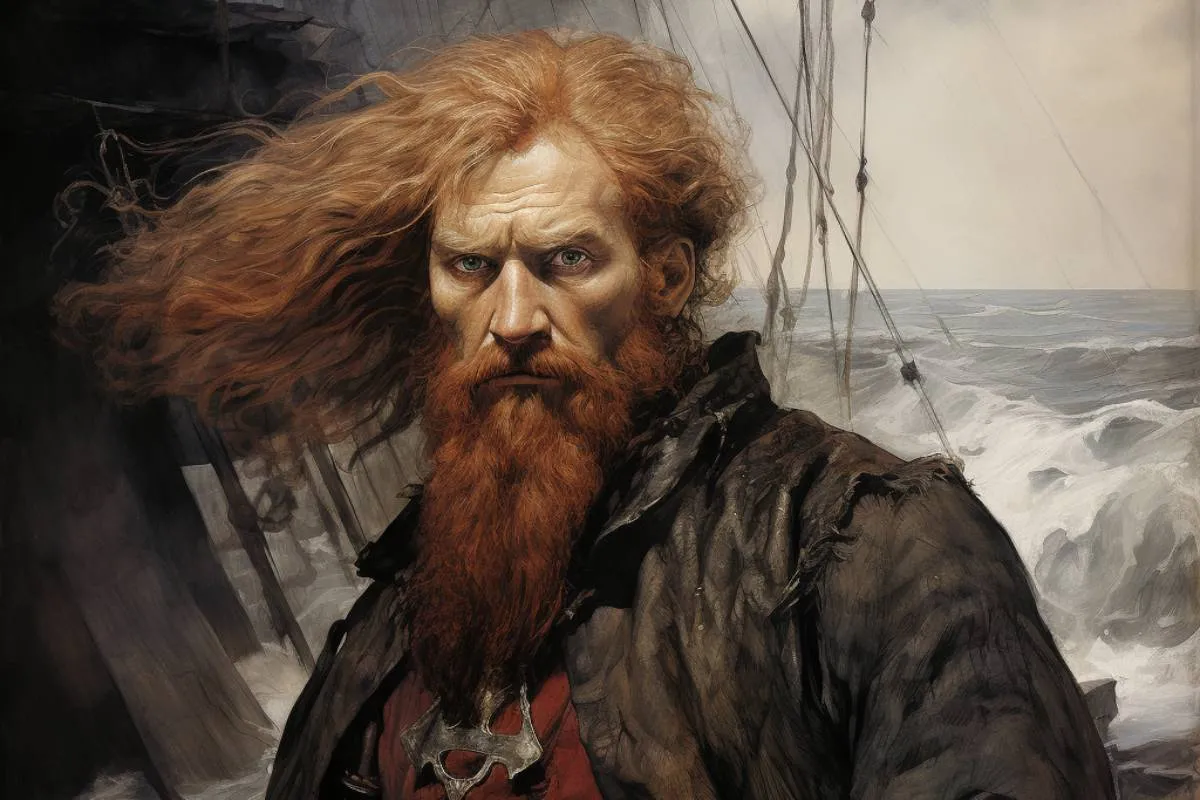
@Jonathan Williamson/thevikingherald.com
Exasperated by the ongoing trouble, he departed Iceland and sailed west, ultimately discovering a vast landmass now known as Greenland. He is credited with discovering it and becoming the first permanent European settler there.
A Son with Equal Fame
Erik the Red had a family, and his sons proved to be just as remarkable as he was. It appears that the desire for change and adventure was in their blood, as one of his sons became one of the most renowned Vikings of today.
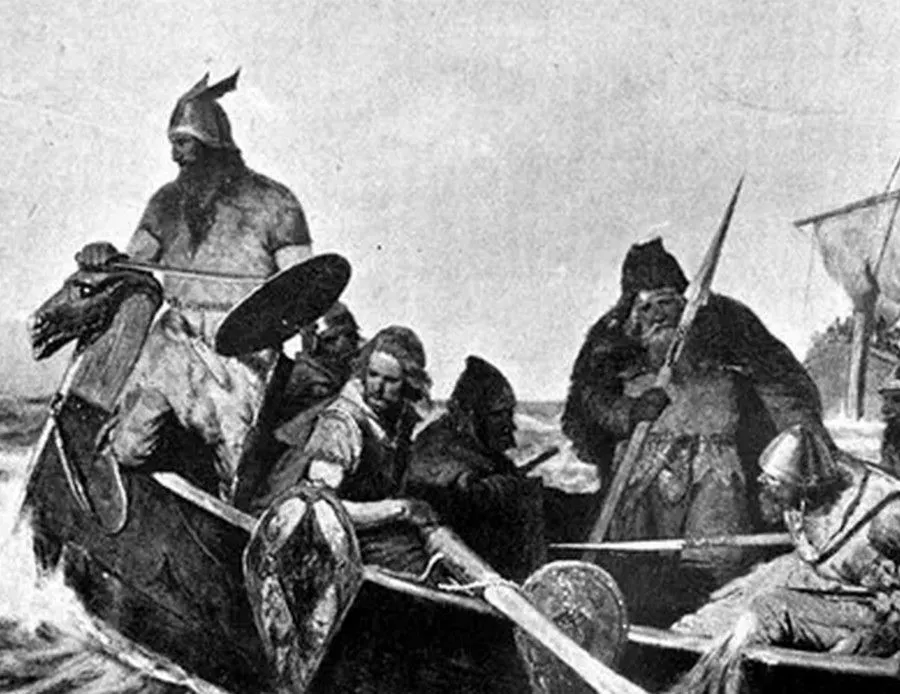
@The Vikings: A Memorable Visit to America/smithsonianmag.com
That son is Leif Eriksson, who is believed to be the first European to set foot on the American continent, well before the famous Christopher Columbus. He was among the few Vikings to journey far beyond Europe.